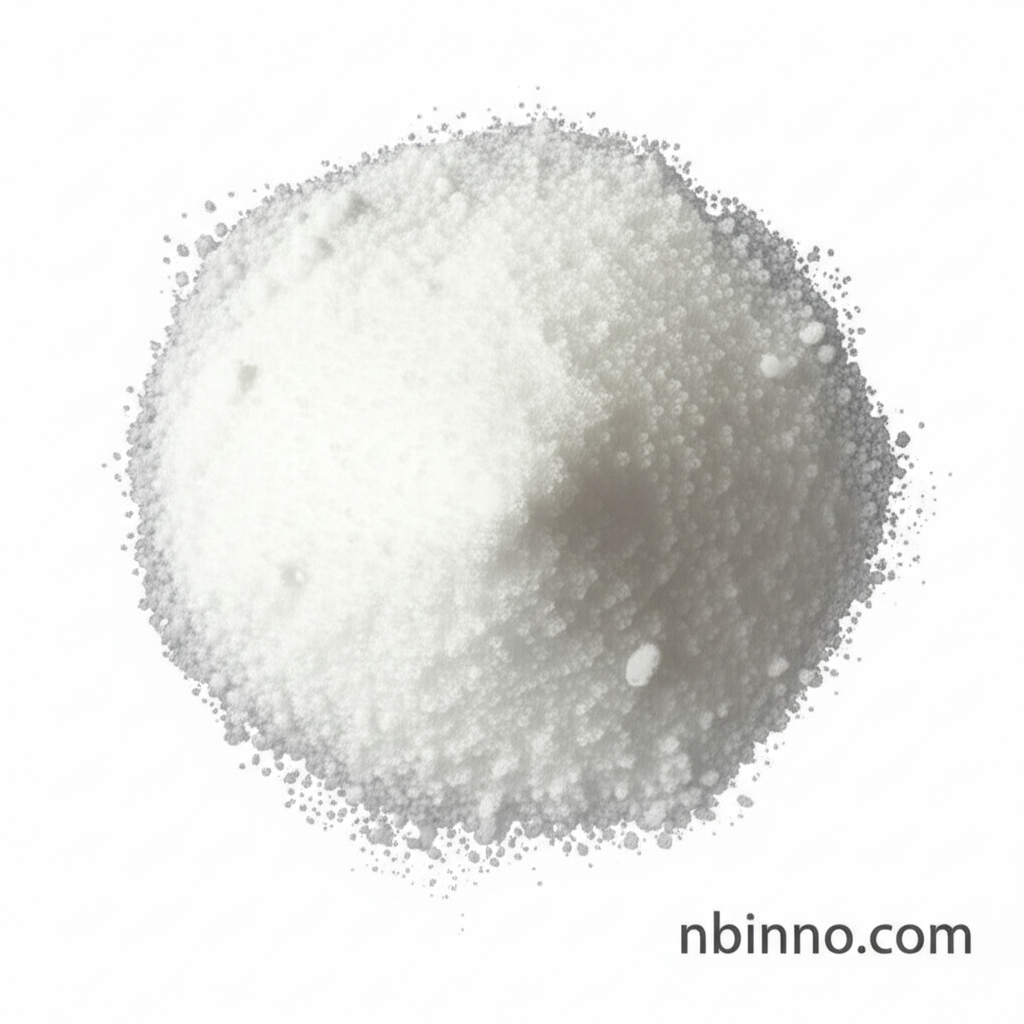Unlock the Potential of 2,5-Dimethoxybenzaldehyde: Your Guide to Pharmaceutical Intermediates and Organic Synthesis
Discover the critical role of 2,5-Dimethoxybenzaldehyde (CAS 93-02-7) as a premier pharmaceutical intermediate and a versatile building block for complex organic synthesis, vital for modern chemical industries.
Get a Quote & SampleProduct Core Value

2,5-Dimethoxybenzaldehyde
As a leading supplier in China, NINGBO INNO PHARMCHEM CO.,LTD. offers 2,5-Dimethoxybenzaldehyde, a highly versatile organic compound. Its significance as a pharmaceutical intermediate and a key building block in organic synthesis makes it indispensable for creating advanced materials, medicines, dyes, and fragrances. Its unique structure facilitates selective functionalization, enabling a wide array of chemical transformations essential for producing complex molecules.
- Explore the synthesis of 2,5-dimethoxyphenethylamine using 2,5-Dimethoxybenzaldehyde as a crucial pharmaceutical intermediate, enabling the development of various psychoactive compounds.
- Leverage 2,5-Dimethoxybenzaldehyde in organic synthesis, participating in reactions like condensations and reductions to build intricate molecular architectures.
- Understand the chemical properties of 2,5-Dimethoxybenzaldehyde, including its melting point and solubility, crucial for its application in synthesis.
- Discover why 2,5-Dimethoxybenzaldehyde is a sought-after compound for those looking to buy and utilize essential chemical building blocks.
Advantages of Using 2,5-Dimethoxybenzaldehyde
High Reactivity and Versatility
The synergistic effect of its aldehyde and methoxy groups grants 2,5-Dimethoxybenzaldehyde exceptional reactivity, making it ideal for constructing complex molecular structures in organic synthesis.
Crucial Pharmaceutical Intermediate Role
As a key pharmaceutical intermediate, this compound is vital for the synthesis of active pharmaceutical ingredients (APIs), contributing to advancements in medicinal chemistry.
Broad Application Spectrum
From dyes and fragrances to potential fungicides and preservatives, 2,5-Dimethoxybenzaldehyde's versatility makes it a valuable component across multiple industries, reinforcing its importance in chemical innovation.
Key Applications of 2,5-Dimethoxybenzaldehyde
Pharmaceutical Synthesis
As a critical pharmaceutical intermediate, 2,5-Dimethoxybenzaldehyde is used in the synthesis of various drug compounds, demonstrating its importance in the healthcare sector.
Organic Synthesis Research
Its active aldehyde group and methoxy substitutions make it a staple in organic synthesis research, facilitating condensation and redox reactions to create novel compounds.
Dye and Fragrance Industry
This compound serves as a raw material in the synthesis of aromatic compounds, contributing specific colors and scents to products in the dyes and fragrances industries.
Material Science
Researchers utilize 2,5-Dimethoxybenzaldehyde in the development of specialty polymers and photoactive materials, highlighting its role in cutting-edge materials science.
